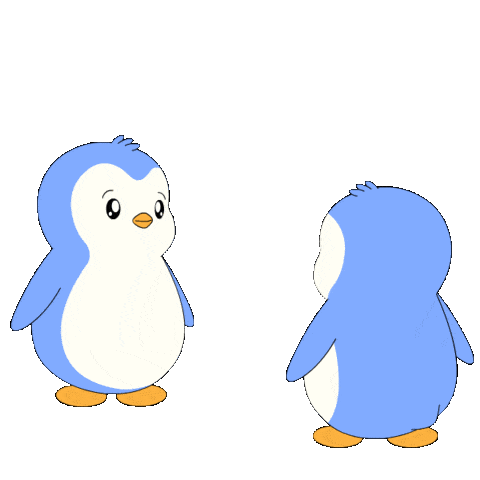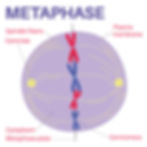Mitosis & Stem Cells
🔹 What Are Stem Cells?

Stem cells are unspecialised cells—that means they haven’t yet developed into a specific type of cell like a skin cell or a nerve cell. They have two amazing abilities:
Self-renewal : They can make exact copies of themselves.
Differentiation : They can change into specialised cells.
There are two main types of stem cells:
Embryonic stem cells: Found in early-stage embryos. They can turn into almost any type of cell in the body.
Adult stem cells: Found in places like the bone marrow. These help with repair and maintenance, but they can only turn into a limited range of cells.
🌱 Plants have stem cells too! These are found in a part of the plant called meristematic tissue, usually at the tips of roots and shoots. These cells help plants grow taller and repair damage.

🔹 Uses of Stem Cells
Scientists are exploring how stem cells can treat diseases and injuries, such as:
Paralysis
Diabetes
Blindness
Certain blood disorders
This type of treatment is called stem cell therapy. One method used is therapeutic cloning. It creates an embryo with the same genes as a patient, so the body is less likely to reject the new cells.
🌿 In plants, stem cells can be used to clone rare species, helping to protect endangered plants from extinction.

🔹 What Is Mitosis?

Mitosis is the process where one cell divides into two identical cells. It helps organisms:
Grow
Repair damaged tissues
Replace old cells
🧠 Think of mitosis like a copy machine—it makes sure both new cells get an exact copy of the DNA.
Mitosis only happens in body cells (somatic cells). It produces two daughter cells that are genetically identical to the original.
The Stages of Mitosis
Here’s the correct order of events during mitosis:
Interphase – The cell prepares by growing and copying DNA.

Prophase – Chromosomes condense and become visible. The nucleus starts to break down.

Metaphase – Chromosomes line up in the middle (equator) of the cell.

Anaphase – Spindle fibres pull sister chromatids apart to opposite sides.

Telophase – Two new nuclei form, one at each side.

Cytokinesis – The cell splits into two identical daughter cells.

Remember it by
“I Picked My Apples Today” – I (Interphase), P (Prophase), M (Metaphase), A (Anaphase), T (Telophase)
🧩 Important parts:
Chromosomes: Structures that carry genetic information.
Chromatids: Two identical halves of a chromosome.
Centromere: The part that holds chromatids together.
Spindle fibres: They help move chromosomes during mitosis.

Meiosis is a special type of cell division that happens only in reproductive cells (like sperm and egg cells). Its main job is to reduce the number of chromosomes by half, so that when fertilisation happens, the baby has the correct total number of chromosomes.
🔹 Key Points about Meiosis:
Starts with one cell and ends with four new cells.
These new cells are not genetically identical.
Each new cell has half the number of chromosomes compared to the original cell.
This is important because it keeps the chromosome number stable across generations.
Feature | Mitosis | Meiosis |
Where it happens | Body cells | Reproductive cells (gametes) |
Number of cells made | 2 identical cells | 4 non-identical cells |
Purpose | Growth and repair | Produces sperm and egg cells |
Chromosome number | Stays the same (diploid) | Halved (haploid) |
🎯 Top Tips!
✅ Remember the Mitosis stages with this mnemonic:Interesting Professors Make Awesome Teachers!
✅ Stem cells are powerful because they can divide and specialise.
✅ Therapeutic cloning creates stem cells that are a genetic match to the patient, reducing rejection.
✅ Mitosis = identical, Meiosis = different.
✅ Plant stem cells are in the meristems and help with lifelong growth.
✅ Always check what type of cell division is being asked about—look for clues like number of daughter cells or where the process occurs.